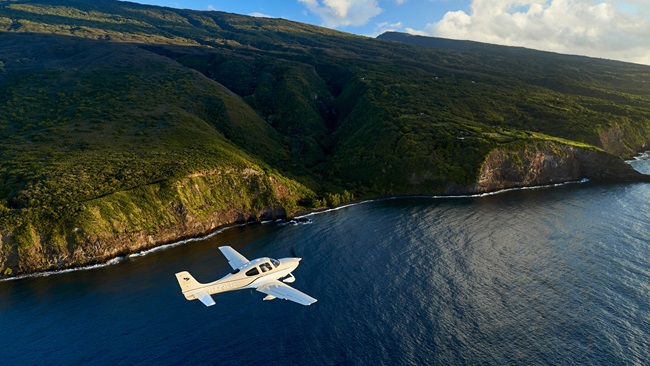AOPA urges members to fly informed, with caution
As the coronavirus pandemic response continued to impose once-unthinkable disruptions, AOPA advised members to continue essential flights, with caution. No specific restrictions on general aviation are expected, though it may be impossible to fly with passengers in small aircraft and maintain social distancing.
“There’s no discussion of the airspace being shut down, at least not yet,” said Rune Duke, AOPA senior director of airspace, air traffic, and aviation security. Aviation, including GA, remains a core component of the national emergency response, providing logistics support when needed, particularly to isolated communities that are difficult or impossible to access by land or sea.
“GA may yet have a role to play in our collective response,” Duke said. “Pilots meanwhile need to be socially aware that there may be times that it might not be viable to fly in that area or at a specific airport, depending on how this develops.”
Clear answers to many of the questions from AOPA members, including flight school operators and individual pilots, were in short supply given discord between different levels of government, and unknowns about the fast-spreading virus including whether social distancing will prove effective in the long run.
AOPA’s core message to members remained that while flying light aircraft has generally not been forbidden, it may also not be advisable, particularly for those living in states like California, where the outbreak has accelerated in recent days and Gov. Gavin Newsom’s strict social distancing directives may remain in effect for months to come. Duke said pilots should also continue to follow the advice and directives of federal, state, and local governments, which are all subject to change.
“This is going to continue for a while, and you can expect other parts of the industry to slow down in time,” Duke said, noting that airport services, including FBO services, are subject to disruption with little or no notice. It would be inadvisable to drive to the airport without first confirming availability of fuel or any other needed services, Duke said. “People need to be on their game, calling ahead, checking notams and for air traffic delays. It’s a very dynamic situation.”
Duke said that pilots who chose to fly, and are able to do so safely, should take care to double-check notams and other information relevant to flight operations, including ATC delays likely to arise without warning as facilities cope with coronavirus infections.
“You have to check notams, and you have to check air traffic delays if you’re flying IFR. That is a requirement,” Duke said. “Having this information can avoid surprises like potential reroutes or delays.”
Calling ahead to both departure and destination airports (as applicable) is sound advice not only because fuel may be in short supply, but to be aware of changes in local operations that may not be immediately published in the form of a notam or other alert from the FAA.
GA activity data from the nation’s 77 busiest commercial airports began the month at a brisk pace that soon surged to nearly 9,000 aircraft operations on March 5, which was about 40 percent above the seasonal average. The trend quickly reversed, falling below seasonal average activity on March 16, the first in a run of days where the average traffic counts tumbled to 30 percent (or more) below seasonal averages.
In all likelihood, Duke said, the traffic spike in early March was driven by people who had access to private aircraft opting to use those to get to the places where they chose to shelter, in preference to airlines.




